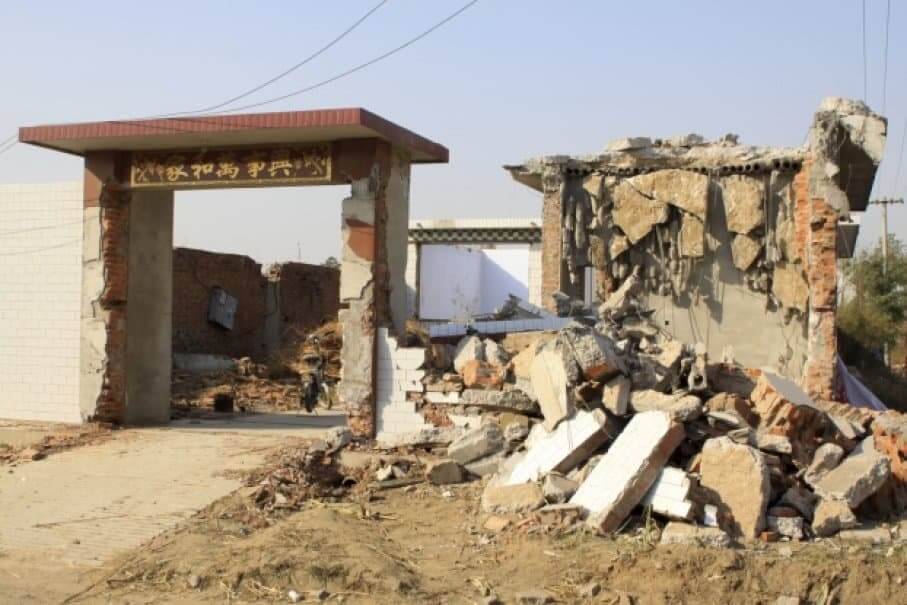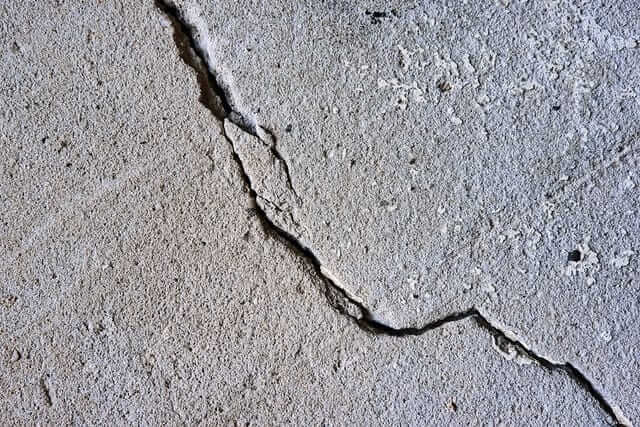How many of you, when asked a question of where to hide during an earthquake, would immediately picture yourself under a door frame?
How many have been told that this is the safest place to hide during an earthquake, at some point in your life?
This “door frame” myth, along with many others, are now outdated pieces of information. Just like the medical field is constantly changing as new research is found and new information is discovered, emergency preparedness and best practices, especially in regards to earthquakes and other natural disasters, changes, and shifts as researchers continue to study and discover.
For this reason, it is crucial to stay up to date on best practices. Although we all want to believe that we all will later have time to learn these things, the difference of knowing now, before disaster strikes, can ultimately be what protects and prepares you and your loved ones.
So as much as advice from loved ones may seem helpful, gathering information from credible sources is necessary. For this reason, I have researched and compiled the most recent information on everything earthquake preparedness, into an easy-to-read ebook. Grab it now to save yourself the time and energy of hopping from site to site, trying to determine which information is still good and which information is outdated.
THE MYTH
I Should Hide Under the Doorframe During an Earthquake
The simple and very definitive answer to this, despite what you may have previously have been told is: no! You never will want to stand in a doorway during an earthquake. The myth that we should stand under door frames during earthquakes actually originated after a big Californian earthquake. From this earthquake, the media published and publicized a picture of a “collapsed adobe home with the door frame as the only standing part.” As you can imagine, people started talking, and the myths started circulating that this was, in fact, the safest place to stand in the case of an earthquake. But this was just a picture, from which came our entire belief that a doorway is the safest place to be during an earthquake. The only exception to this is if you live in an old, unreinforced adobe house with no sturdy furniture to hide under. Then and only then, this might be your best option. In newer homes, doorways are not the best place to hide. So if we are not supposed to hide in the doorway anymore, where should we hide? Most experts say that you are safest under a sturdy table or another similar piece of furniture that will protect you from falling debris.THE TRUTH
Drop, Find Cover, Hold On, Stay Put
The steps for seeking shelter during an earthquake are fairly simple. Commit these to memory and practice these steps with your family so that your muscle memory will kick in in the case of an actual emergency when your adrenaline is high and you may not be thinking the clearest.- First, drop to the ground: This will prevent the possibility of being injured if the earthquake were to unexpectedly knock you to the ground.
- Next, find cover: Find cover under something sturdy such as a table or a desk to decrease the chances of items falling directly on you. Survey your surroundings and do not plant yourself under anything that could easily be displaced, injuring you. In this step, make sure that you do not travel far trying to find cover, as traveling can be very dangerous. If you cannot find shelter close, drop to the ground and cover your head using your hands and arms, or army crawl to a corner and protect your head.
- Third, hold on tight: Once you find something sturdy, you should hold onto it for the duration of the earthquake. Securing the table or desk to yourself through a steady grip will keep it directly over you, protecting you from heavy falling objects.
- This may feel counterintuitive, but your fourth step is to stay put. Do not move from the sheltered spot that you choose. Stay close or move closer to shelter after the earthquake stops. There is a high likelihood that you will experience aftershocks. Some aftershocks have been known to be as strong or stronger than the first earthquake.
THE MYTH
I Should Run Outside During an Earthquake
Although you may have been told or it may feel natural to get OUT of a building if the ground is shaking and you fear that it may collapse, you should not run outside during an earthquake. Traveling any amount of distance during an earthquake is extremely dangerous. It will be harder to seek shelter if you are outside. If you do find yourself outside when an earthquake starts, take inventory of your surroundings and move away quickly from any buildings or potential hazards falling on you. One of these main hazards is power lines, which could fall and cause any amount of electrical or other damage. Move away from these hazards quickly, and seek shelter by covering your head with your hands.THE TRUTH
Stay Where You Are
In general, you should avoid traveling anywhere too far when an earthquake starts, because the earthquake will likely make you fall. You are better off staying inside and undercover. The exterior walls of your home and or building are known to be the most dangerous places to be during an earthquake. Window, siding, and structures on the roof are often the first parts of the home that collapsed.THE MYTH
Little Earthquakes Relieve Pressure in The Earth’s Crust, So the BIG ONE Doesn’t Happen
Once again, this may be something that you have heard before. But, no; this is not true. Any number of little earthquakes could never relieve enough pressure to replace a big one. The activity and predictability of what will happen miles under the earth’s surface is impossible to predict accurately. There is no sure way to prevent or predict an earthquake, we can only use the information available to us and make an educated guess.THE TRUTH
Big Earthquakes Happen Regardless
As just mentioned, nothing can stop natural earthquakes from happening, even little earthquakes spread over time. A natural earthquake is going to happen to matter what, when the pressure and temperature of rocks under the surface is just right. Instead of counting on predictability, the best we can do at this point is to simply be prepared, practiced, and stay calm in the face of an emergency.THE MYTH
Big earthquakes always happen in the morning AND we can predict them
As humans, we feel better if we feel that we have some control over when and how struggles happen. But with certain natural disasters, we can see patterns but still really have no idea of when or how they will occur. This is the case with this myth. Although many big earthquakes have happened in the morning, not all of them will. As much as we wish that we could have some predictability to increase our preparedness, the best we can do is be prepared no matter when the big earthquake hits.THE TRUTH
Earthquakes happen anytime AND we cannot predict them
Actually predicting an earthquake is nearly impossible. Below the surface of the earth, an earthquake is preceded by a rupture of rocks. It is extremely difficult to understand or predict this at the earth’s surface. There is no way of knowing where the most intense part of the earthquake will occur, what the magnitude will become, or when the earthquake will begin or end. Experts have tried, and to date, we have little helpful information. A few patterns have been noted, although these are fairly sporadic and hardly indicative of a coming earthquake. At times, earthquakes are preceded by changes in the environment, such as:- Changes in the groundwater level
- An increase in radon gas concentrations
- Changes in electromagnetic activity
- Foreshocks
- Measurable ground deformations
- Geochemical changed in groundwater
- Unusual animal behavior


